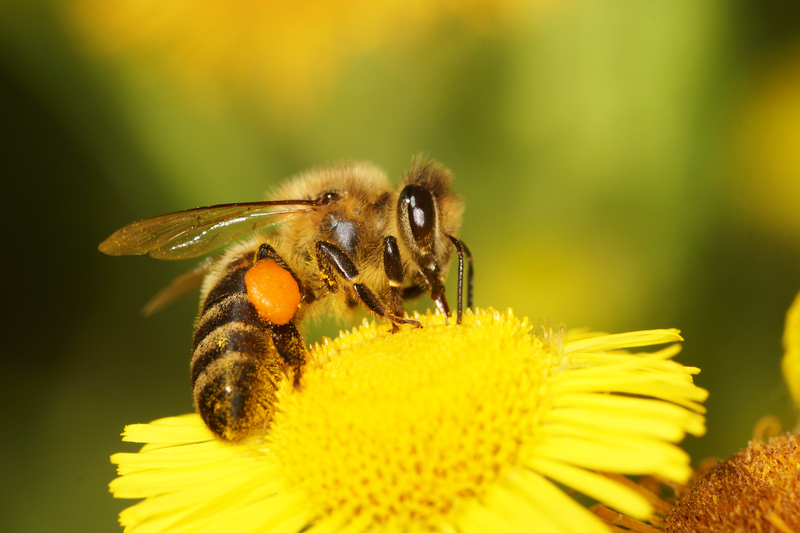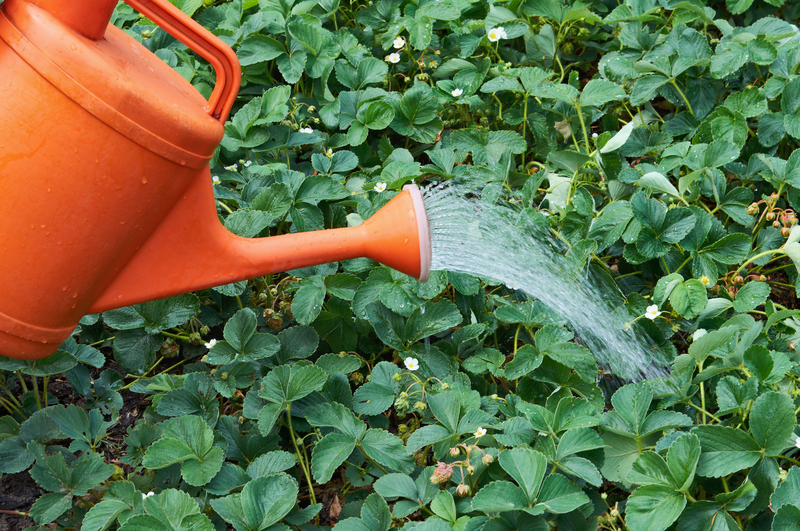Top Shade-Loving Flora
Posted on 25/06/2025
Gardening in shaded areas can be a challenge, but there are plenty of beautiful plants that thrive without full sunlight. Shade-loving flora can bring color, texture, and variety to spaces that might otherwise go unnoticed. This article explores the top shade-loving flora that can flourish in your garden.
1. Hostas
Hostas are among the most popular shade-loving plants. They are known for their lush foliage and come in a variety of sizes and colors, ranging from deep blue-green to vivid chartreuse. Hostas prefer rich, moist soil and are relatively low-maintenance, making them perfect for any shaded garden.

2. Ferns
Ferns are ancient plants that add an airy, delicate touch to any garden. They thrive in shady, moist environments and can fill in gaps between other shade-loving plants. Popular varieties include the Maidenhair Fern and the Japanese Painted Fern, both of which bring unique textures and colors to the garden.
3. Astilbes
Astilbes are shade-loving perennials known for their feathery plumes of flowers, which come in shades of pink, white, and red. These plants are moisture-loving and do well in well-drained soil. They are perfect for adding vertical interest and vibrant color to shady areas.
4. Lungwort
Lungwort, or Pulmonaria, is a perennial known for its speckled foliage and clusters of blue, pink, and white flowers. This shade-loving plant prefers cool, moist conditions and can help brighten up darker areas of your garden.
5. Bleeding Hearts
Bleeding Hearts are shade-loving perennials known for their heart-shaped, hanging flowers that bloom in spring. They prefer moist, well-drained soil and can add a romantic and whimsical touch to shaded garden areas.
6. Begonias
Begonias are versatile plants that can grow in both sun and shade, but they particularly thrive in shaded areas. Available in a variety of colors and leaf shapes, begonias can add a pop of color to any shaded garden. They require well-drained soil and moderate watering.
7. Hellebores
Hellebores, also known as Lenten Roses, are hardy perennial flowers that bloom in late winter to early spring. These shade-loving plants prefer well-drained, moist soil and come in various shades, from white and pink to deep purple. They are perfect for adding winter interest to your garden.
Pros and Cons
Growing shade-loving flora offers several benefits but also some challenges:
Pros:
- Brings life and color to shaded areas
- Requires less watering compared to sun-loving plants
- Can thrive in a variety of soil types
- Often low-maintenance
Cons:
- Limited options compared to sun-loving plants
- May be more susceptible to certain pests and diseases
- Growth rate can be slower due to limited sunlight
Gardening Tips
- Ensure proper soil conditions: Most shade-loving plants prefer moist, well-drained soil.
- Regularly monitor for pests: Due to their growing conditions, shade-loving plants can be prone to pests like slugs and snails.
- Consider companion planting: Combining different shade-loving plants can create a more dynamic and visually appealing garden.
- Mulch to retain moisture: Applying mulch can help retain soil moisture and reduce the need for frequent watering.

Key Takeaways
- There are a variety of shade-loving plants suitable for different types of shaded areas.
- Hostas, ferns, and astilbes are among the top choices for shade gardens.
- Successfully growing shade-loving plants involves proper soil conditions and regular monitoring for pests.
- Be mindful of the pros and cons to make an informed decision on which plants to grow.
Conclusion
Choosing the right shade-loving flora can transform a dull, shaded area into a vibrant, thriving garden. With options ranging from the elegant hosta to the whimsical bleeding heart, there's a shade-loving plant for every gardener. While there are some challenges to growing in the shade, the benefits far outweigh the drawbacks. With a little care and attention, you can create a stunning garden that loves the shade as much as you do.







